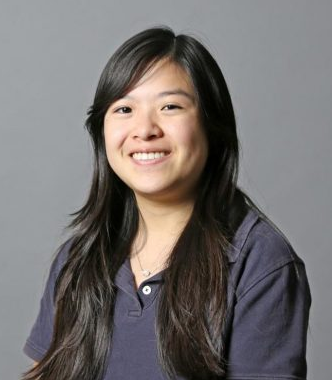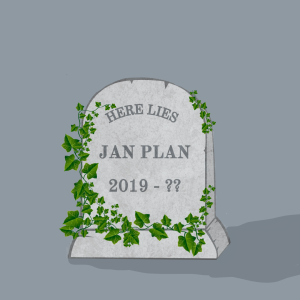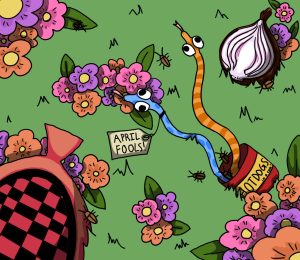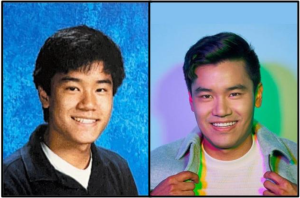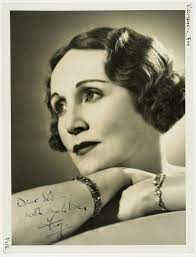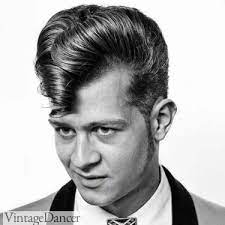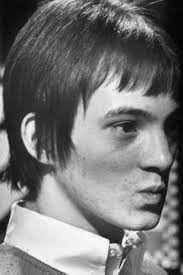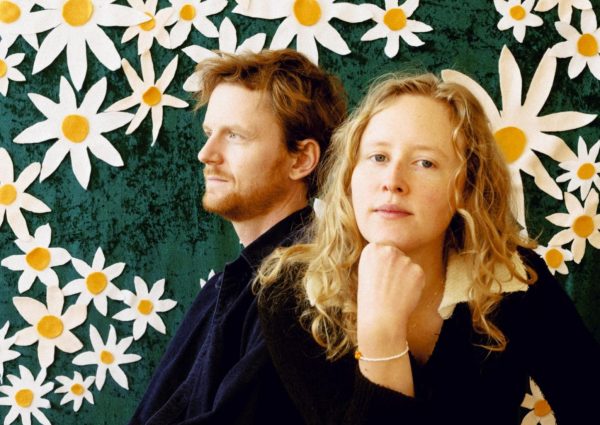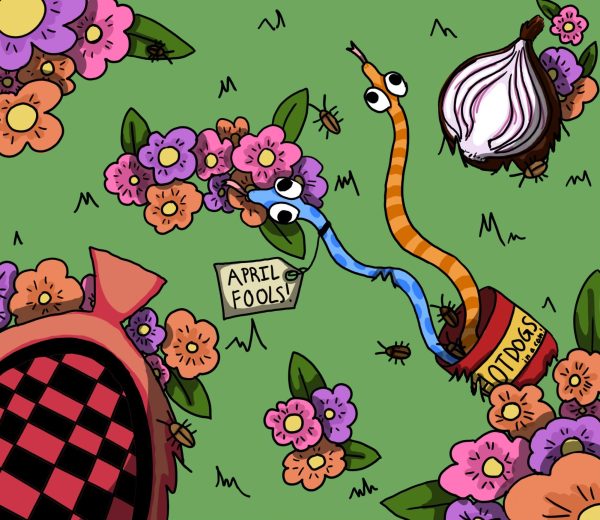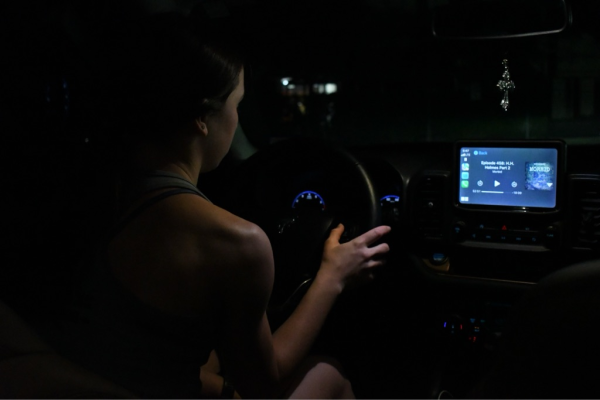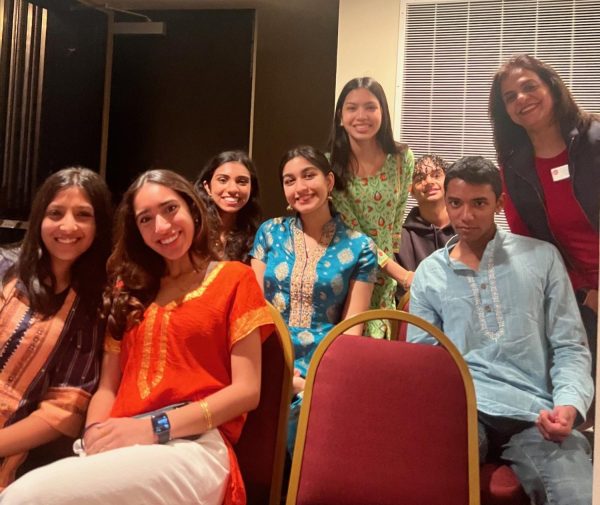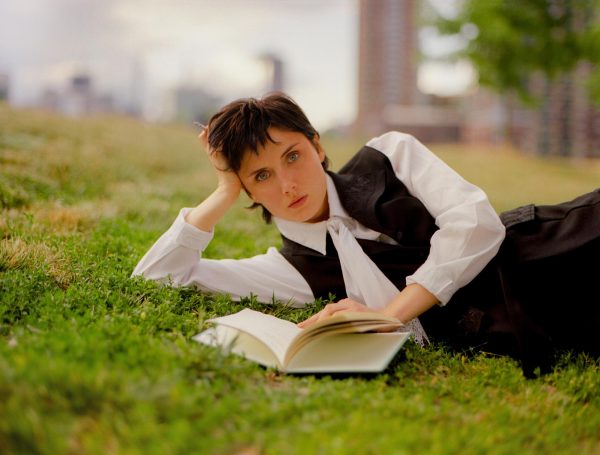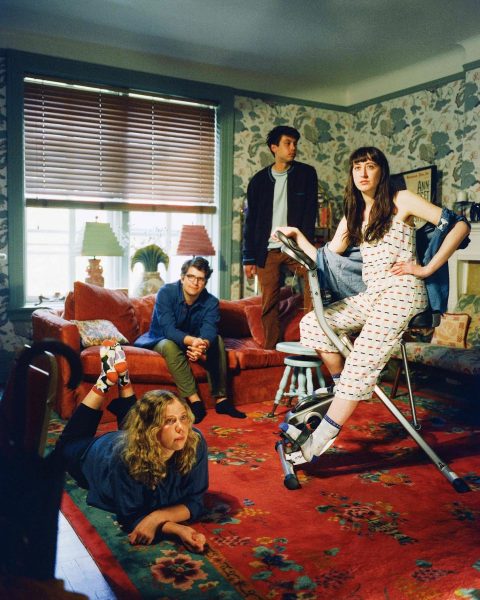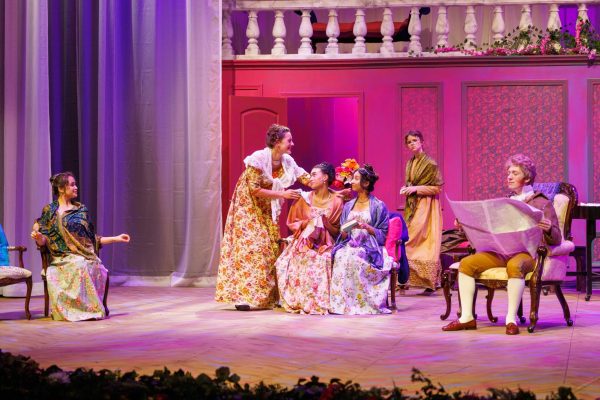Under Review: “La La Land”
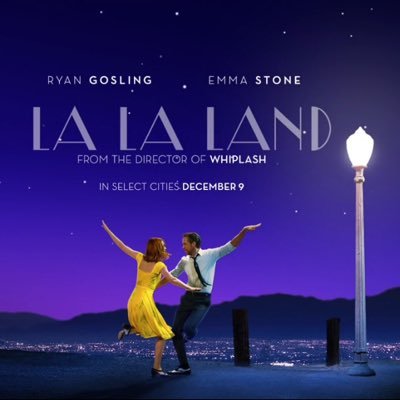
“La La Land”, from “Whiplash” writer and director Damien Chazelle, is studded with breathtaking musical numbers and dance sequences.
January 18, 2017
From its first spontaneous song-and-dance sequence on a blocked-up city highway to the final bittersweet smile between the main characters, “La La Land” enthralls the audience and transports them to a nostalgic, romanticized version of Los Angeles.
I’ve wanted to see “La La Land” for a long time, even though the only thing I knew was that it was “by the guy who made Whiplash” (Damien Chazelle, writer and director of both movies). “La La Land” tells the story of aspiring actress Mia (Emma Stone) and jazz pianist Sebastian (Ryan Gosling), who meet coincidentally several times before striking up a romance. The two attempt to keep their careers and romance alive in a city known for dashing dreams and breaking hearts. “La La Land” appears to tell the same old boy-meets-girl story as dozens of other musicals and romantic movies do, but it actually breaks all our expectations of what a movie musical is like.
I don’t know anything about music or dance, but I didn’t need to in order to appreciate the nuances of “La La Land.” Even when the two insist in their first number together (“A Lovely Night”) that they have no romantic interest in each other, the chemistry between Mia and Sebastian is evident through the give and take of their dancing. The real romance is built primarily during their exploration of Griffith Observatory, during which they literally dance into the stars.
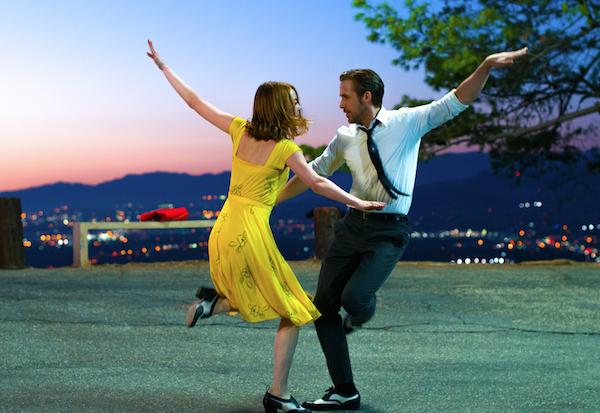
The chemistry between Mia and Sebastian is evident in their dance sequence during the number “A Lovely Night.”
The music has the same effect. There are not many glitzy, show-stopping numbers in “La La Land” – most are solos or duets – but the songs are catchy and emotional, perfectly encapsulating not only the events but also the feeling of the moment. The absence of sound – most strikingly, when Mia and Sebastian have an argument over dinner – has as profound an effect as any of the songs.
The Los Angeles depicted in the movie is our modern-day city, but “La La Land” is firmly rooted in the past. Mia’s apartment is studded with classic movie posters, while the dresses her three roommates show off in the second big number of the film are bold primary colors reminiscent of bright Technicolor. Oldies like “Casablanca,” “Bringing Up Baby,” and “Rebel Without a Cause” are referenced. Stone and Gosling are like the movie stars of old Hollywood, with all the easy charm and glamour of yesteryear.
Stone and Gosling are like the movie stars of old Hollywood, with all the easy charm and glamour of yesteryear.
“La La Land” is about dreams and dreamers. It is sometimes painfully realistic regarding the struggles of artists. Mia goes on dozens of failed auditions for meaningless parts and, when she writes and performs an original show, hears negative feedback immediately. Sebastian, on the other hand, is derailed from his dream of owning a jazz club when invited to play with former bandmate Keith (John Legend). He accepts, although the band’s sound is synthesizer-heavy and modern, nothing like the music which jazz purist Sebastian prefers. Throughout the movie, both Mia and Sebastian struggle to define success, decide what they are willing to sacrifice, and realize when to give up on a dream that has become unrealistic.
Even with this dash of realism, “La La Land” never lets the audience forget that it is a movie. From the lamp-lit streets to the whirlwind romance montage, “La La Land” has a dreamlike quality that only enhances the experience.
I get the same feeling from “La La Land” as I do from “Rebel Without a Cause” – realistic enough to be uncomfortable, but at the same time cinematic and surreal, taking place in a world far removed from me that maybe never really existed.

